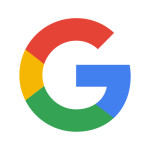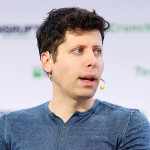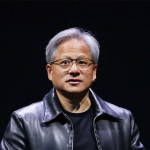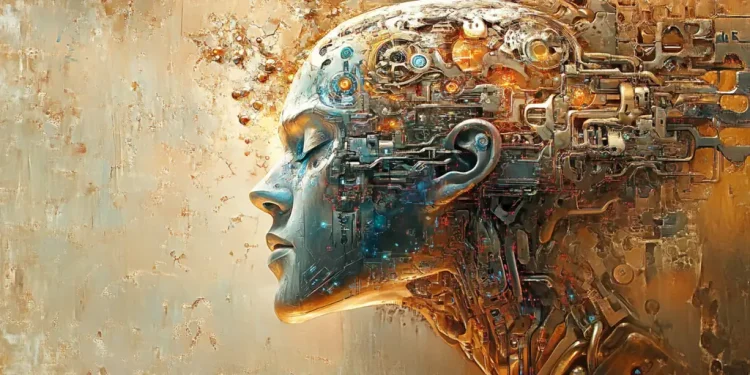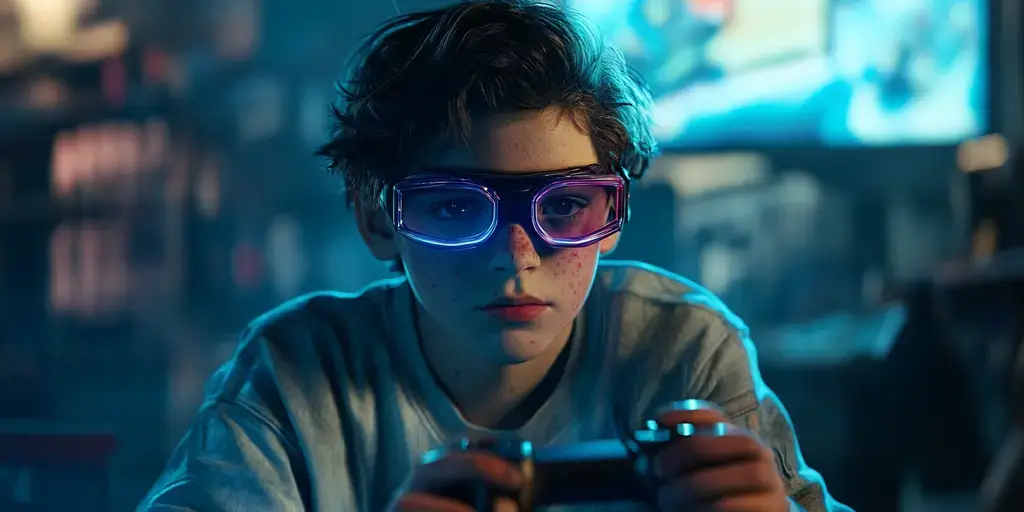Artificial Intelligence (AI) has become a buzzword in today’s world, often evoking an image of machines taking over jobs and doing everything on their own. However, the truth is rather different. AI is not here to replace human creativity; instead, it complements and enhances it, acting as a powerful tool to bring human ideas to life in ways that were not possible before.
The Role of AI in Creativity
AI is designed to handle tasks that involve processing large amounts of data quickly and efficiently. It can assist artists, writers, musicians, and other creatives by taking care of mundane tasks, allowing them more time to focus on the essence of what they do best: creating. For instance, AI can help writers generate new ideas, suggest edits, or even draft articles, leaving writers more time to concentrate on refining and personalizing their work.
Examples of Enhancement
In the music industry, AI is used to analyze patterns and trends in compositions, helping musicians experiment with new melodies and harmonies. Tools powered by AI can recommend chords progression and blend sounds in unique ways, giving musicians a fresh perspective and inspiration.
In visual arts, AI programs can generate designs and assist artists in experimenting with colors, styles, and mediums they might not have considered otherwise. Some artists even collaborate with AI, treating the technology as a partner to explore new creative horizons and develop pieces that blend machine learning with traditional techniques.
Collaboration Over Competition
AI is an extension of human capability rather than a competitor. It opens new doors to possibilities by collaborating with humans to push the boundaries of what’s achievable. For instance, in filmmaking, AI can assist in editing, special effects, and even scripting without overshadowing the director’s vision or intent. The results often showcase a harmonious blend where technology amplifies human creative expression.
AI as a Catalyst for Creativity
AI challenges humans to think differently, yet it cannot function without human input. The creative spark, the initial concept, and the emotional depth all originate from human minds. AI’s role is to expand these ideas, providing an array of possibilities to explore and refine.
The presence of AI might have changed how people approach creative tasks, but it has not diminished the importance of human creativity. Instead, it has made the process more dynamic and versatile, catering to a wider audience and creating richer, more diverse works of art.


